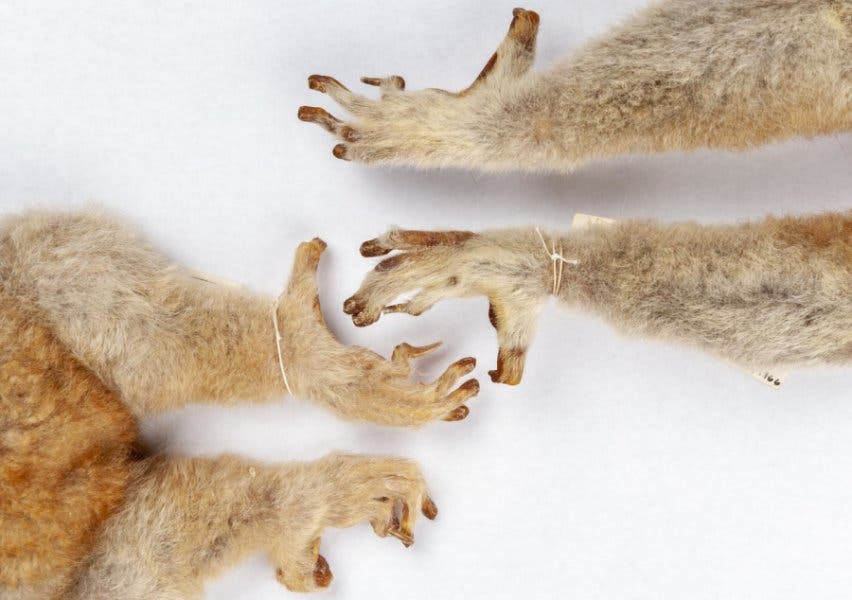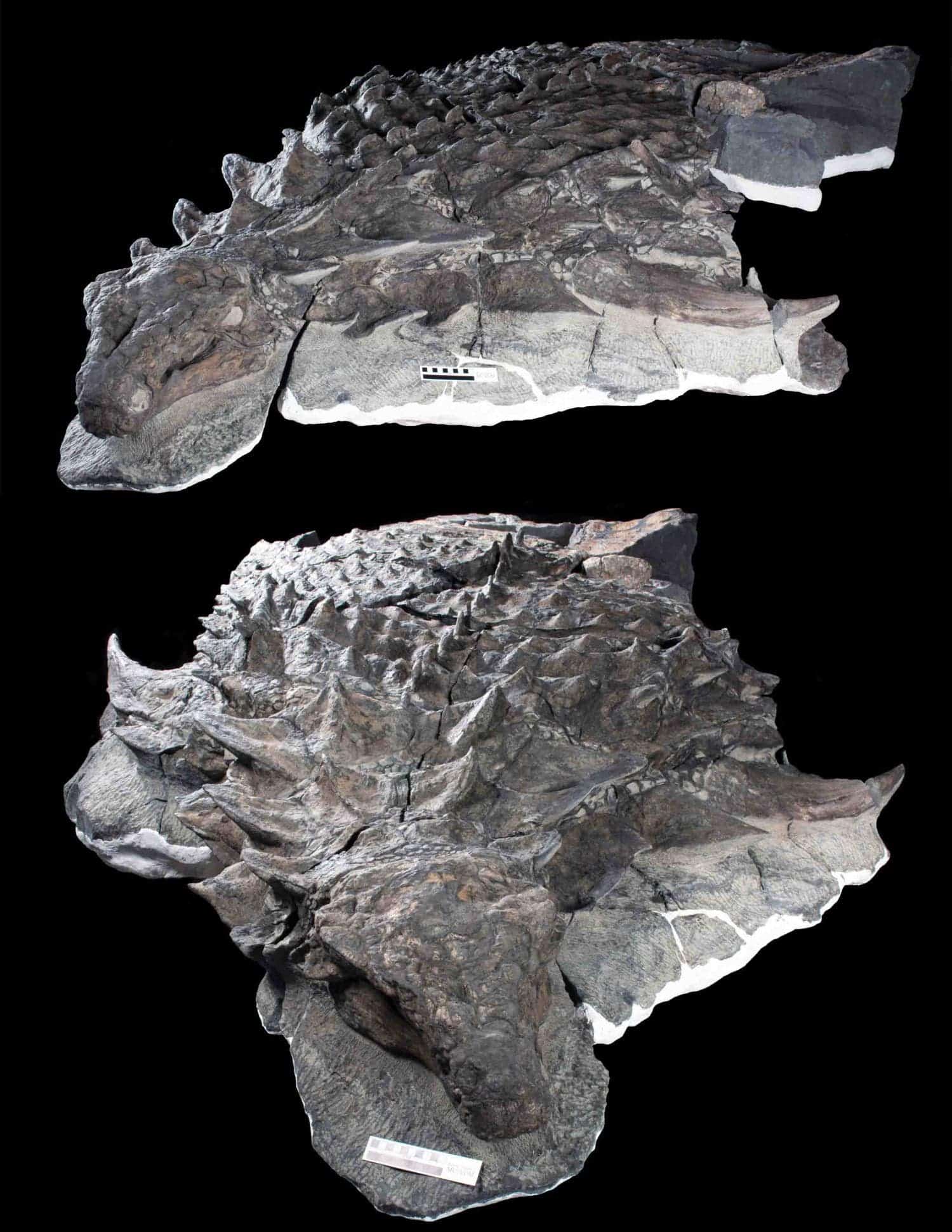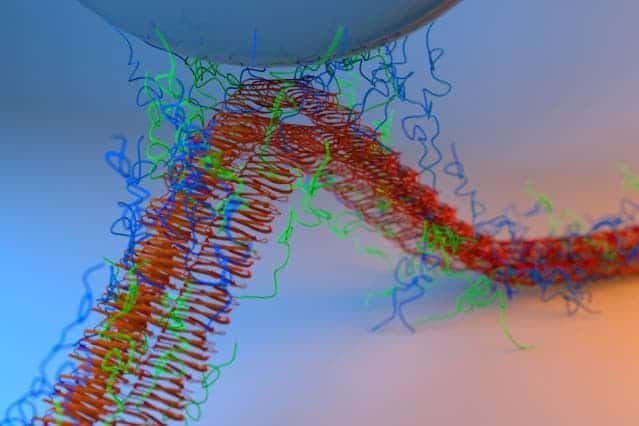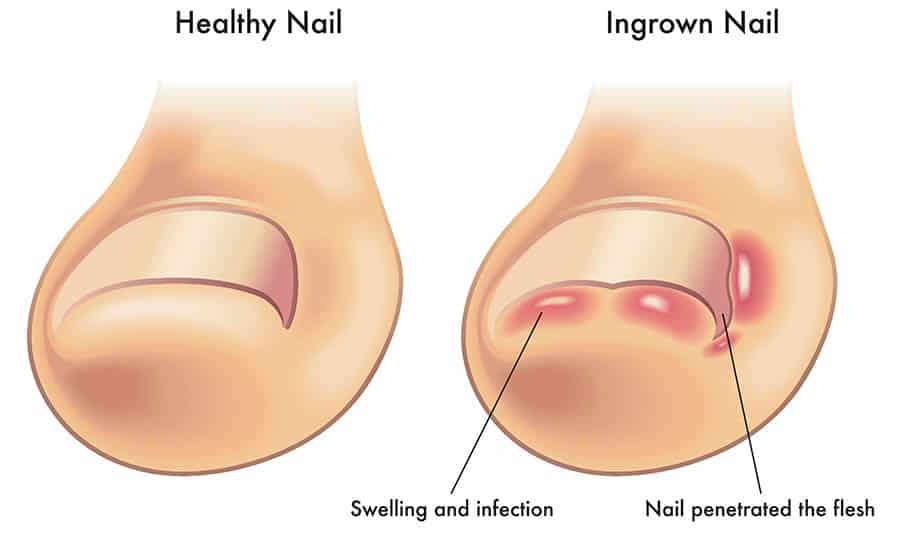
It’s a small, seemingly trivial problem that affects millions of people worldwide: ingrown toenails. The condition can be painful and even debilitating, making it difficult to wear shoes, walk or engage in physical activities. As many as two out of ten people who see their healthcare provider for a foot problem have an ingrown toenail. Yet, despite its prevalence, the causes of ingrown toenails have remained largely mysterious to the public.
However, the good news is that some scientists are beginning to understand the forces that cause ingrown toenails and, most importantly, how to fix them.
What causes ingrown toenails?
The Greek physician Paul of Aegina was among the first to discuss surgical treatments for nail conditions in the 7th century, but humans have been living in anguish with this nuisance long before this time. To understand how ingrown nails form, it’s helpful to first examine the anatomy of a toenail first.
Nails are skin cells coated with a hardening protein called keratin. These are essentially the human version of hooves, claws, and horns in animals, which are made of the same material.
A toenail consists of several parts, including the nail plate, the nail bed, and the matrix. The nail plate is the visible, hard surface of the nail, while the nail bed is the soft tissue underneath it. The matrix is the area at the base of the nail where new nail cells are produced, so it follows that a healthy nail matrix is essential for healthy nails. The whiteish half-moon-shaped visible part of the matrix is called the lunula.
On average, fingernails grow by 0.1 to 0.2 millimeters per day. Keeping the nail plate in place are adhesive molecules that behave like ratchets, which grab onto the nail above them. As the nail plate slides forward during growth, it tilts and stretches, trying to hang onto the tissue unearth until eventually the bond breaks. Once this happens, the molecules just attach themselves to another piece of nail.
Sometimes, though, the balance between nail growth and adhesion is interrupted. When this happens, the nail might change shape to compensate and end up in all the wrong places – like under your skin and into live flesh.
In 2014, researchers at the University of Nottingham published a mathematical model explaining what forces are tugged beneath your fingernails and what exactly happens when this delicate interplay is upset.
“We have discovered that three well-known conditions– ingrown nails, pincer nails, and spoon-shaped nails — are essentially three faces of the same coin,” says Cyril Rauch, lead author of the study. “They are related by physics.”
According to Rauch and colleagues, ingrown toenails happen when the nail extends into the adjacent flesh alongside the toenail. When the nail grows too quickly or too slowly, residual stress across the entire nail can occur, which changes its shape over time. Kids, teenagers, and pregnant women are among the most vulnerable because raging hormones are causing the nail’s growth to outpace adhesion, according to the University of Nottingham model. Pincers are caused by the opposite problem. In this condition, the sides of the nail curve down and towards each other, forming a “C” shape. Rauch’s model suggests that in this condition, adhesion overpowers growth, which may explain why pincers are more commonly found in the elderly, whose growth is slower.
Residual stress can occur in any fingernail or toenail. However, the researchers found that the stress is greater for nails that are larger in size and have a flatter edge, which explains why ingrown toenails predominantly occur in the big toe.
In more practical terms, this mismatch between the nail plate and the adhesive molecules can be accelerated by a number of things, including improper nail trimming, injury to the toe, or wearing tight-fitting shoes. However, not all individuals who experience these factors develop ingrown toenails, which indicates that other factors may be involved, including genetics. For example, individuals with curved nails or nails that are naturally thick may be more prone to developing ingrown toenails.
If you have diabetes or another condition that causes poor blood flow to your feet, you may be at a greater risk of complications of ingrown toenails.
How to stop ingrown toenails
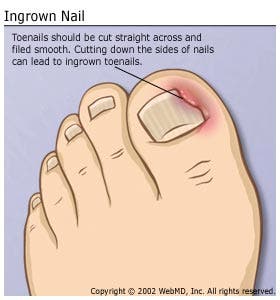
With proper hygiene, it’s possible to minimize the risk of ingrown or pincer toenails. Here’s a quick tip from Rauch:
“Imagine you can flatten your nail out on your desk,” the researcher said. “The curved bits should follow a parabola shape.”
If you’re having an ingrown toenail (the most common sort), here’s what you can do:
- Soak your foot in a mixture of hot (or as hot as you can stand it) water and Epsom salt. Do this for 15-30 minutes at least twice daily. The goal here is twofold: to soften the toenail and prevent the ingrown nail from becoming infected.
- Don’t trim your toenails too often or too short. If your toenails are trimmed too short, they may grow into the tissue when coming in contact with pressure from shoes. Cut straight across the nail, not the edges.
- Keep your toenail slightly raised. Putting a small piece of cotton between your toenail and the skin should keep the ingrown toenail from coming back. Remove the cotton daily to prevent infections.
- Don’t wear socks or shoes when you’re at home.
Rauch is actually a veterinarian and is currently adapting the model for animals, where nail health is a serious problem and can cause farmers a lot of financial hardship.
“When animals develop hoof problems, it costs a lot of money,” says Rauch. It turns out the horse hoof is actually pretty similar to the human nail. “The main difference, of course, is that the horse walks on its nail and the human doesn’t, so we need to add that new stress to the model.”

